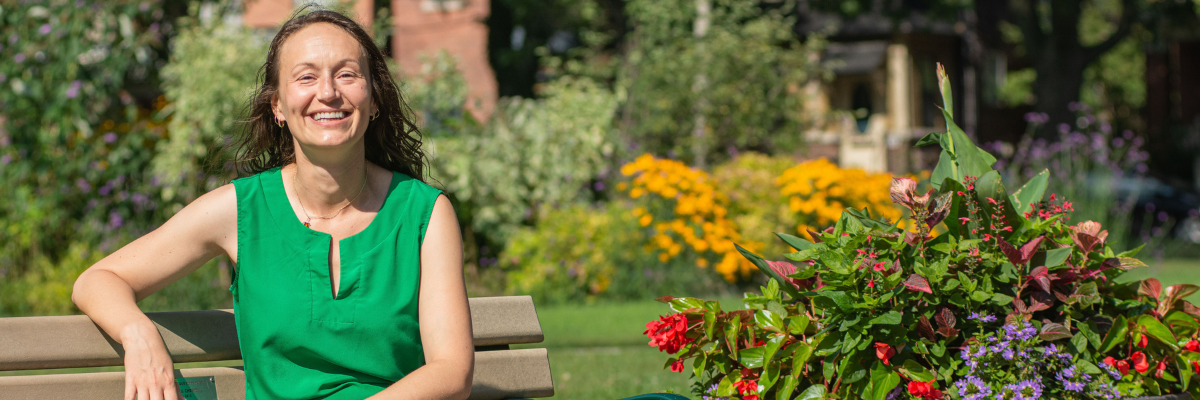When investors talk about generating deal flow, the emphasis is often on quantity. More prospects mean more opportunities, right? This is a sales perspective. But high volume doesn’t necessarily translate into high value. Add the imperative for social and environmental impact and the pool shrinks further. You can spend a lot of time and resources chasing transactions that are a poor fit from the outset and unlikely to close. Even investment organizations with the widest investment net, who may see three hundred pitches annually, still only make a handful of investments per year.
So how do impact investors achieve the balance between quality and quantity?
Be better communicators.
Entrepreneurs sometimes struggle to communicate the problem they are trying to solve. They’re also often accused of lacking a clear value proposition or financial assessment, two fundamental aspects of a strong pitch. Yet, investors also often fail at communicating our investment thesis, or the problem we’re trying to solve. TAF puts significant effort into evaluating and refining our investment ‘strike zone’ and advertising it regularly on our website. Check out Greensoil PropTech Ventures for another example of a crystal-clear investment thesis. We can’t expect a convincing or accurate response to business questions if we can’t express in plain language what we want to invest in.
The solution is to be transparent and up front about what you will and won’t invest in. For foundations and non-profits, be clear about preferred returns. While your mission may support grants, the expectation shouldn’t be for concessional finance. Impact investing is still investing.
The better we are at defining what we are looking for, the better entrepreneurs will be at assessing their own fit. Remember, entrepreneurs don’t want to spend their time on wasted pitches either.
Be patient partners.
Impact investing can be about the long game. The classic VC moniker ‘bet the jockey not the horse’ references that entrepreneurial ideas are abundant, but entrepreneurs who can execute on those ideas are uncommon. When you find a good one, nurture the relationship even if the deal is premature. Following along on the entrepreneurial journey and providing sound advice places you in a position to make the right investment decision at the right time.
Networking remains the primary source for deal flow, so it’s similarly important to build relationships with other successful investors. While the Canadian impact investing sector is relatively small, both in terms of the number of players and the investment capital available, we have the advantage of being a supportive and collaborative bunch.
TAF’s collaboration with the Hamilton Community Foundation and McConnell Foundation, investing in One Planet Living Real Estate Fund, allowed for shared due diligence and reduced closing costs. Starting conversations about respective investment criteria and deal prospects helps both entrepreneurs and investors.
Be service providers, not cheque books.
Entrepreneurs are rightly expected to focus their attention on the activities where they add the most value. Investors should do the same. We can do more to differentiate our own value proposition. Influential fundraisers can help secure additional capital. Seasoned financiers can help identify the best investment structures for the business context. Experienced company builders can pass on knowledge already gained through facing the same challenges. For TAF, it’s about being flexible and creative. We want to provide capital with the structure and vehicle that’s best for the entrepreneur. A very different, but innovative and effective approach is taken by Solar Flow-Through Funds, an organization merging renewable energy development with a tax-based investment structure.
Just as no two opportunities are exactly alike, no two investors should be either. Quality deal flow will come to those that offer great service beyond simply providing capital.
We won’t always find perfect opportunities that meet our investment requirements. Being clear about our investment thesis and value proposition, and having a partnership mentality can help make the right connections and achieve our desired impact. In addition to TAF’s carbon reduction objectives, we’re now adding social impact to our deal evaluation process. It’s new ground for us, and it might even shrink the volume of deal flow, but we’re working on the relationships to reveal those unique, quality investments.

